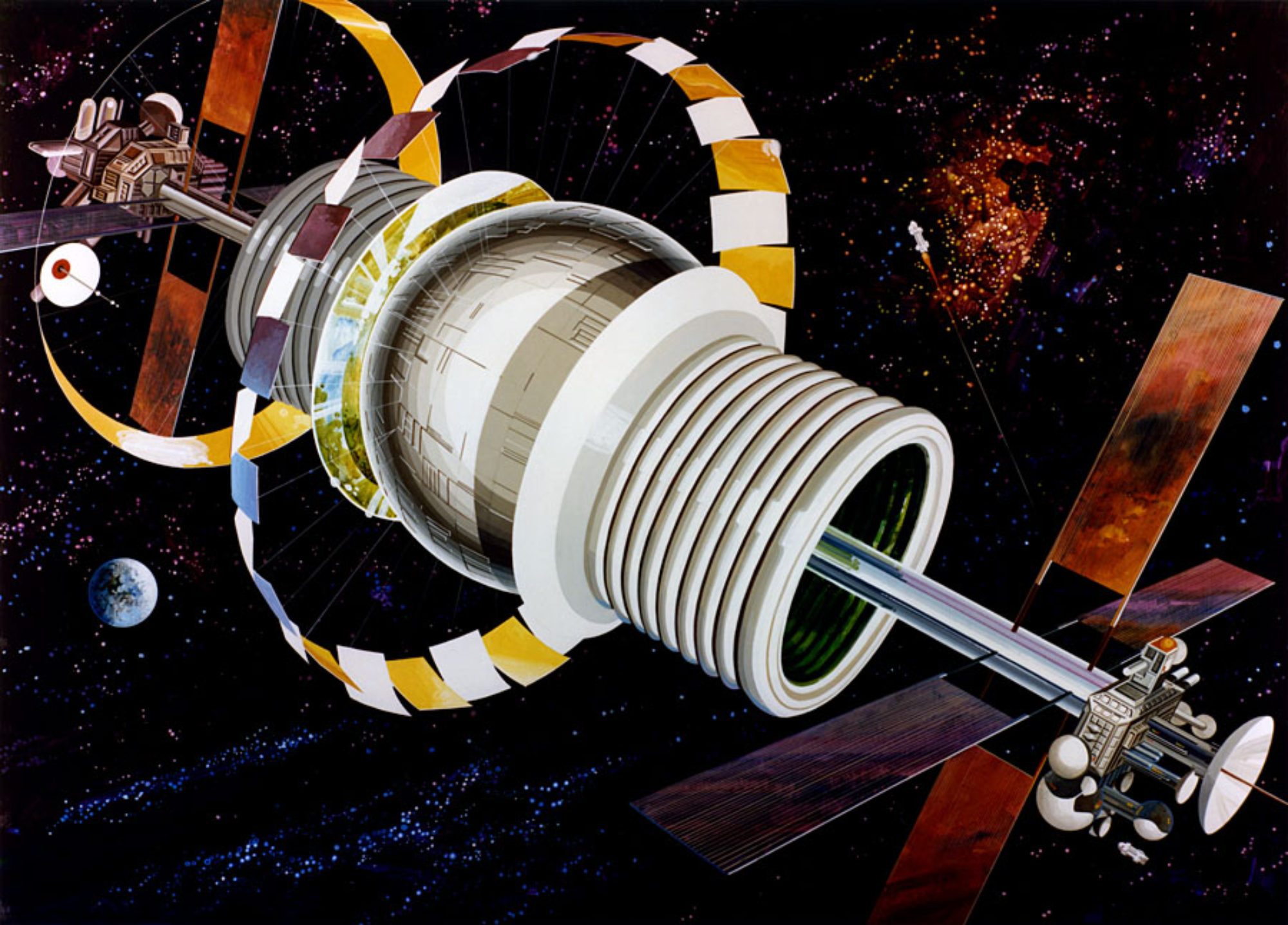
In a press release, the Austin based company reports how the Phase III award under NASA’s Small Business Innovation Research (SBIR) program will be used to adapt its existing additive manufacturing process for home building on Earth to the Olympus system using lunar regolith for fabrication of structures on the Moon. ICON envisions the system to be integrated into a rover that will be delivered to the Moon via a lander. The rover will then autonomously drive to a target site where the Olympus laser 3D printer will process lunar regolith into useful structures. The system can be used for fabricating roads, landing pads and habitats out of local resources without having to bring building materials from Earth, thereby significantly lowering costs. Once the system is proven on the Moon, perhaps in the later stages of Artemis, the same technology can be applied on Mars as well.
ICON plans to test the system “…via a lunar gravity simulation flight” although no details were revealed on such a mission. Presumably, this would be a parabolic flight in the Earth’s atmosphere. The company would use samples of lunar soil brought back during the Apollo missions and lunar regolith simulant to tune the process variables of their laser 3D printing equipment operating under these conditions. Once optimized, Olympus would be placed on the Moon “…to establish the critical infrastructure necessary for a sustainable lunar economy including, eventually, longer term lunar habitation.”
“The final deliverable of this contract will be humanity’s first construction on another world, and that is going to be a pretty special achievement.”
– Jason Ballard, ICON co-founder and CEO















